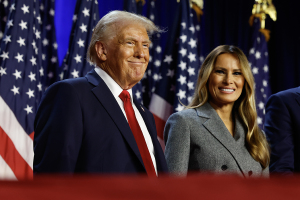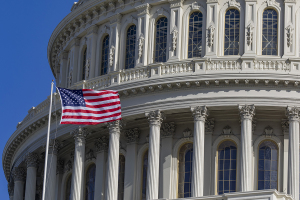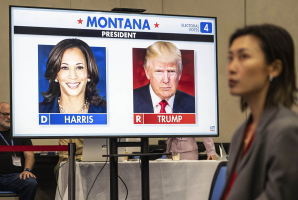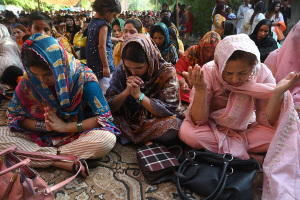Republican States Bad for Families? Not So Fast, Researchers Say
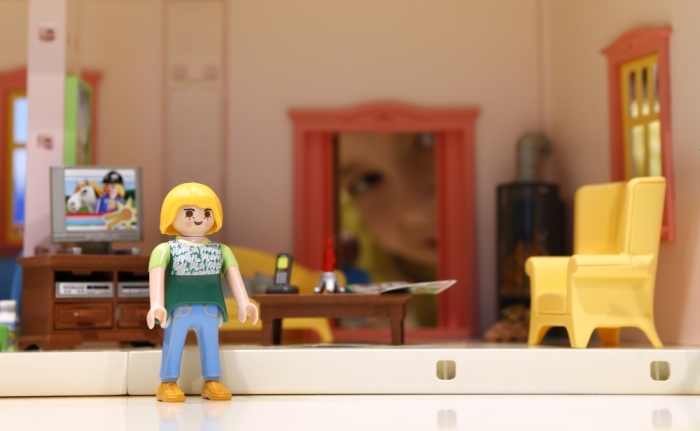
Contrary to previous research, Republican state cultures do a better job at promoting family stability than Democratic state cultures, when controlling for other factors, according to a research brief published by the Institute for Family Studies.
The relationship between stable families and voting in presidential elections is a U-shaped curve, the research found, in which the most stable families are found in both the most Republican and the most Democratic states. When controlling for race/ethnicity and education, however, there is a positive relationship between Republican states and stable families.
The brief, "Red State Families: Better Than We Knew," was authored by sociologist W. Bradford Wilcox, senior fellow at the IFS and a visiting scholar at the American Enterprise Institute, and psychologist Nicholas Zill.
The research was responding, in particular, to a 2010 book by law professors Naomi Cahn and June Carbone, Red Families v. Blue Families.
They argued that children do best when their families follow the Democratic, or "blue state," model of delaying childbirth until after they achieve an education and financial security, rather than the Republican, or "red state," model of getting married and having children early.
This is only half right, Wilcox and Zill counter.
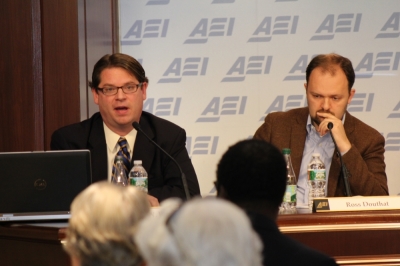
Family stability, defined as kids being raised by their married parents, is highly correlated with education and race/ethnicity.
Asian-American families are the most likely, and African-American families are the least likely, to get married and wait until they are married to have children. Whites and Latinos fall in between, with whites closer to Asian-Americans and Latinos closer to African-American families. Plus, better educated families have higher rates of family stability.
The blue state model works well in states that are highly educated and have few African-Americans or Latinos, such as New England states and some Midwest states. Massachusetts and Minnesota, for instance, are blue states with high rates of family stability. They also have high levels of education and are mostly white.
Southern states, on the other hand, have voted for Republican presidents and have low levels of family stability, but they also have lower levels of education and a high proportion of African-Americans and Latinos.
Some of the strongest red states, however, like Utah and Nebraska, have some of the highest rates of family stability, but these states also have fewer minorities.
When controlling for education and race/ethnicity, the curvilinear relationship between family stability and voting becomes a linear relationship, with stability correlated with Republican state residence.
In other words, kids benefit from red state cultures. The relationship is small, though, compared to education and race/ethnicity.
"The conventional wisdom among scholars about family in America suggests the red state family model has failed to deliver the stability that boosts children's odds of thriving in today's world," Wilcox and Zill wrote. "But we find that the reddest states in America are more, not less, likely to raise their children in a stable, married home, other things being equal. Yet insofar as residents of blue America prioritize education and work, and postpone family formation, in the ways that Cahn and Carbone prescribe, they, too, have a path toward stable, two-parent families."

















